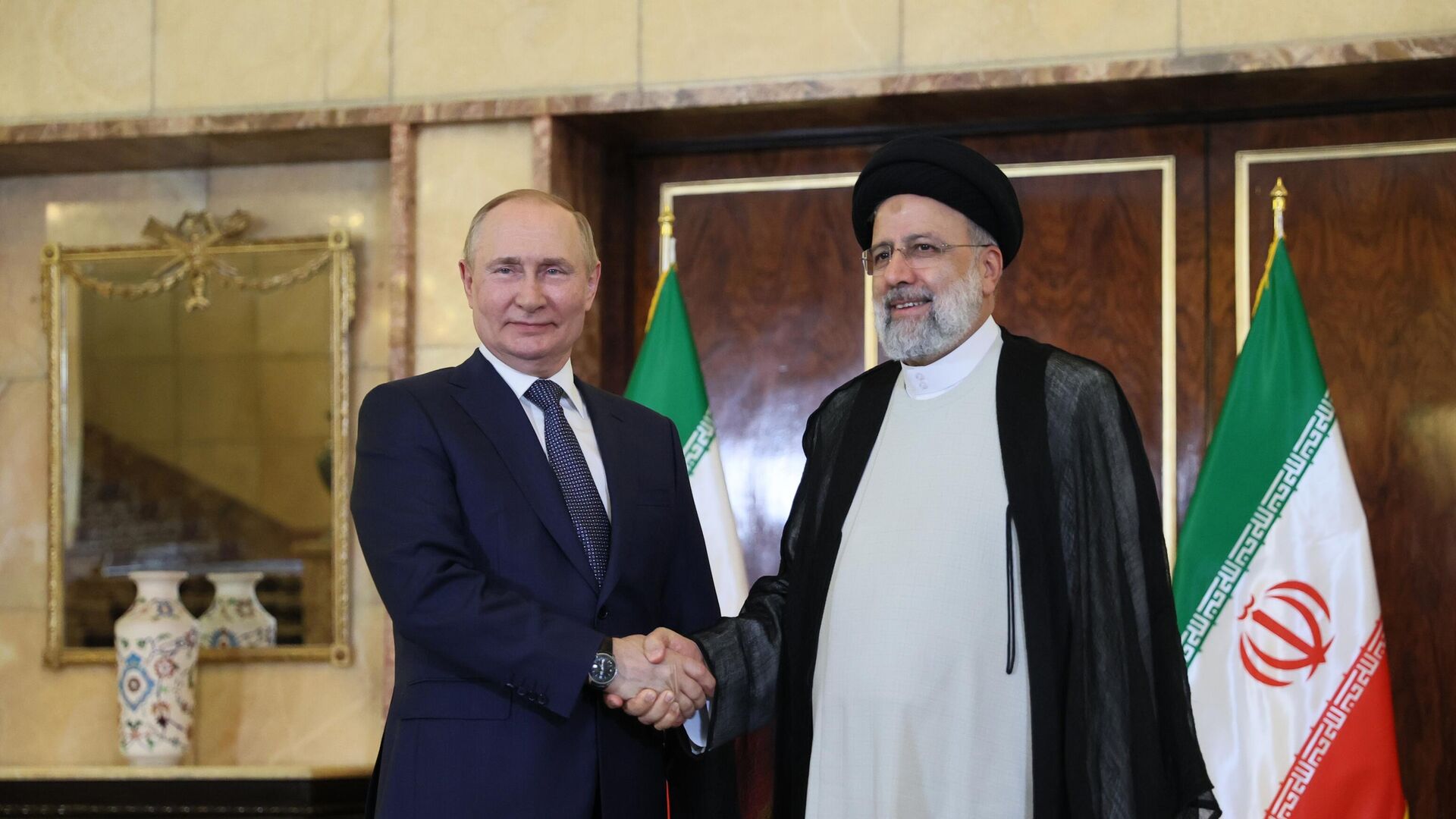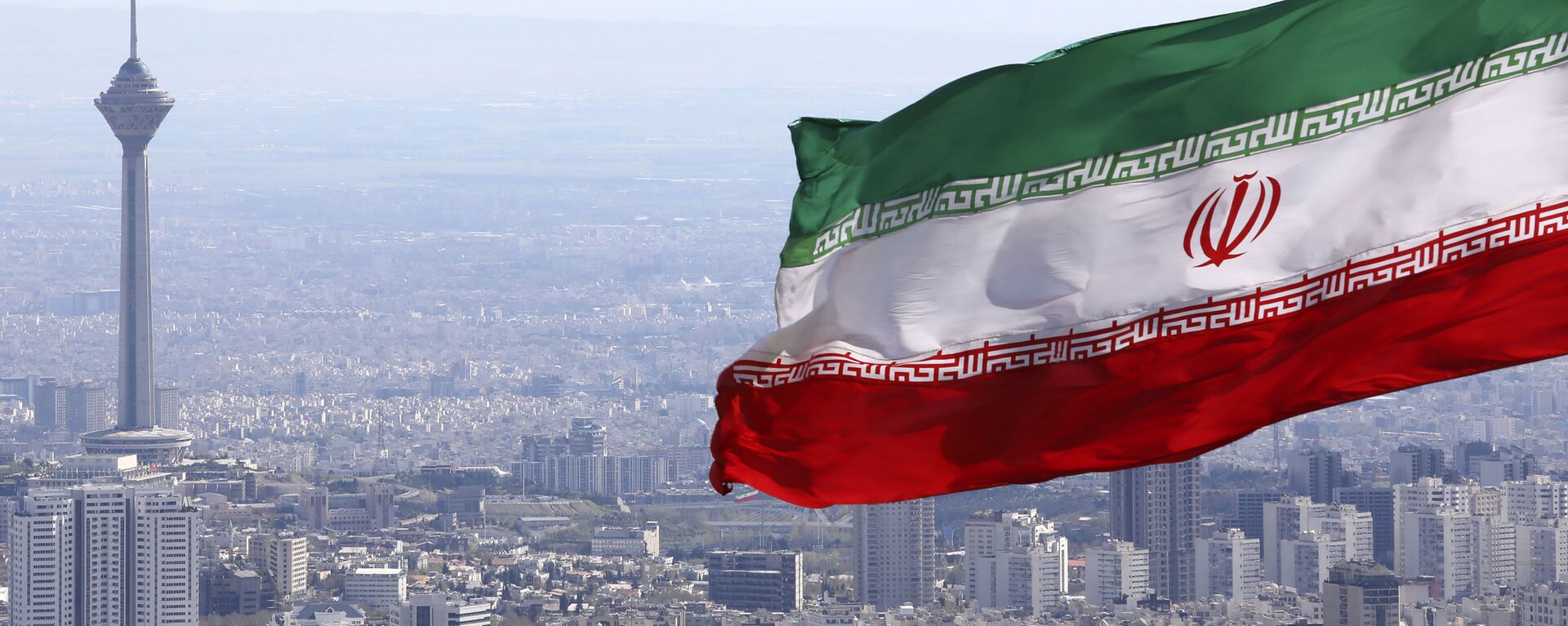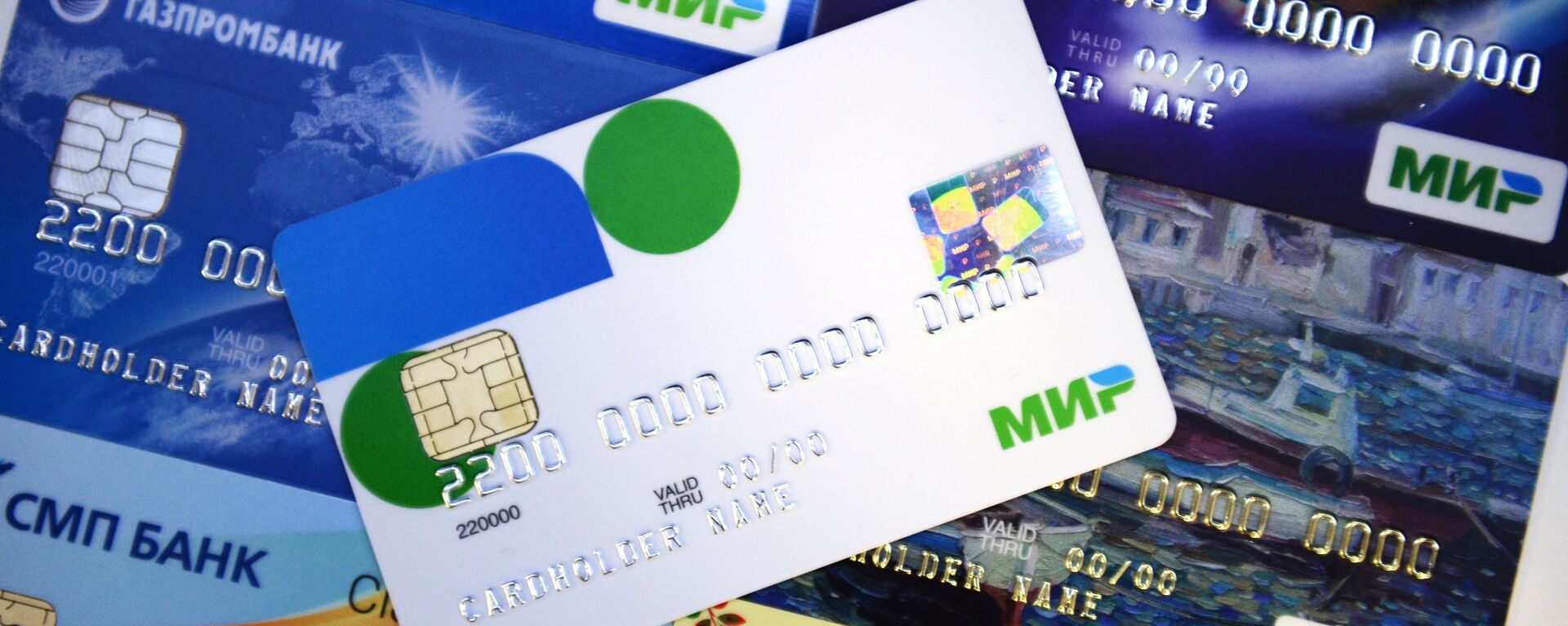Iranian Minister: Tehran and Russia Boosting Trade Cooperation Despite Western Restrictions

© Sputnik / POOL
/ Subscribe
Russia and Iran have recently increased bilateral trade and cooperation. Iran’s Minister of Industry, Mining, and Trade Seyed Reza Fatemi Amin, who travelled to Russia to attend the international trade fair MIMS Automobility Moscow 2022, shed light on Russo-Iranian business plans in an interview with Sputnik.
"In the recent year, we have observed a new stage in the development of trade and economic relations between Iran and the Russian Federation," said Seyed Reza Fatemi Amin, Iranian minister of industry, mining, and trade. "Economic relations lag behind the level of political ties that exist between our countries, and this gap needs to be filled in at least 10-15 areas, in particular, in the automotive, shipbuilding, and aircraft industries, pharmaceuticals, and agriculture."
Iranian and Russian companies stepped up cooperation after Moscow was subjected to unprecedented sanctions since it started its special military operation to demilitarize and de-Nazify Ukraine. The US and its allies have targeted almost all sectors of Russia's economy, making it one of the most sanctioned countries in the world. For its part, Iran has long endured the pressure of western sanctions and has learned how to circumvent the restrictions.
A number of Russian industries have faced difficulties after western companies left the nation's market. However, the Islamic Republic of Iran has signaled readiness to fill the gaps in various economic sectors.
"The Russian auto industry has faced [interaction] problems with western companies, especially in the delivery of auto parts and components," said Fatemi Amin. "Last month, negotiations began with regard to the possibility of supplying Iranian auto parts to the Russian auto industry and vice versa."
To illustrate his point, the Iranian minister referred to the Renault L90. He noted that while some spare parts are produced in Russia, Iran can supply the other parts - thus solving the production dilemma.
"As for the supply of Iranian cars to the Russian market or their production in the Russian Federation, negotiations have already begun," said Fatemi Amin.
He likewise revealed that Iran has started to supply gas turbines, petrochemical products, and catalysts for oil refining, as well as fruits and vegetables to Russia. For its part, Iran buys Russian grain and equipment needed in the automotive industry, according to the Iranian official.
Meanwhile, Iranian entrepreneurs are exploring new business opportunities in Russia. In one example, an Iranian holding has expressed willingness to supply household appliances to Russian consumers and then launch joint production with the country's manufacturers, according to the minister. He noted that Iranian businesses are also interested in kicking off joint shipbuilding and pharmaceutical manufacturing.
"Naturally, joint production requires a financial institution that could finance it. Therefore, we began negotiations with Sberbank," he said, adding that he has met with the representatives of the Russian banking and financial services company and reached a preliminary agreement on financing various economic spheres.
To raise the level of trade and economic relations between the Russian Federation and Iran, it is necessary to have a banking mechanism that makes it easy to carry out transactions. Earlier, the two countries announced the possibility of Iran joining the Russian payment system Mir. Russia’s Mir payments system is operated by the country's National Payment Card System (NPCS) which was established by the Bank of Russia in 2014. Russian-owned payment systems have taken on new relevance after Russia's connection to the SWIFT banking service was cancelled by the West after the beginning of Moscow's special operation in Ukraine.
"The Central Banks of Iran and the Russian Federation are actively negotiating the integration of Shetab and Mir payment systems," noted Fatemi Amin. Iran's Shetab Banking System, also known as the Interbank Information Transfer Network, is an electronic clearance and automated payments system.
According to the minister, a technical working process of uniting the two systems has already been started. Meanwhile, direct trading operations in the national currency between Russia and Iran have also begun.
Likewise, the International North–South Transport Corridor (INSTC) has emerged as an important tool in Russo-Iranian trade, according to the minister.
Fatemi Amin revealed that Russia is financing the project along the Rasht-Astara railway corridor. It is very important for freight trains, he noted, adding that a goods train left Moscow last week for the Iranian port of Bandar Abbas. The official explained that the Rasht-Astara route is extremely important and can be particularly beneficial for Russia in terms of reducing time and cost and entering the markets of the Persian Gulf, India, and Asia.
"In recent months, we have seen a 35% increase in trade," the Iranian official pointed out. "Iran's accession to the Eurasian Economic Union (EAEU) will be the most important step to increase trade turnover. We expect that this process will be completed within a year, maybe earlier. We plan to increase our trade turnover with the Russian Federation at least twofold."
Last year, Russo-Iranian trade amounted to roughly $4 billion; however, Iranian President Ebrahim Raisi vowed to raise trade exchange between the two countries to $10 billion annually.



